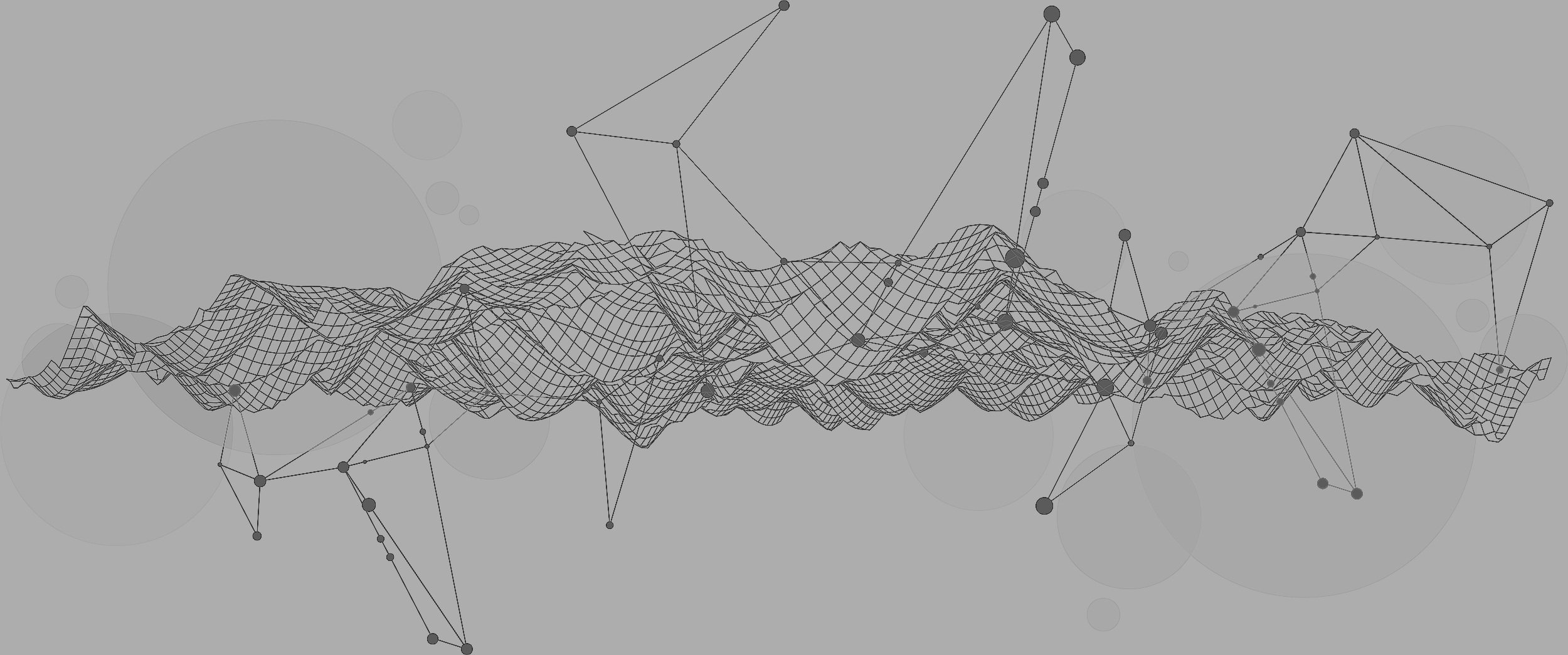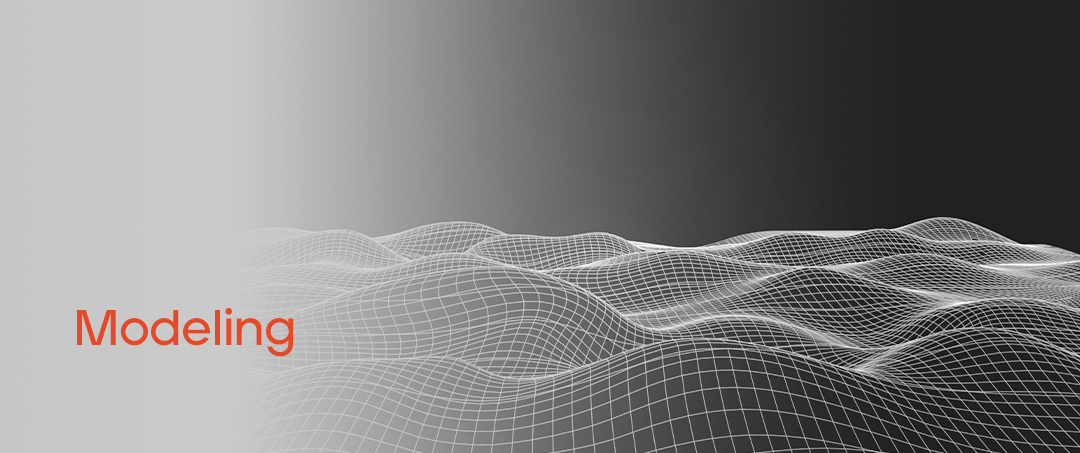Sustaining Data Intelligence
Sustenance
Drift Detection, Adaptation, and Continuous Improvement
The ability to sustain data intelligence over time is becoming crucial for businesses to provide consistency in intelligence. The landscape of data and its interpretation is continuously evolving, posing significant challenges, viz., model drift, concept drift, and algorithmic drift. To maintain the efficacy of data intelligence solutions, organizations need a proactive approach encompassing drift detection, adaptation, and continuous improvement. This blog explores how integrating robust monitoring, adaptive learning, and Continuous Integration/Continuous Deployment (CI/CD) practices can help organizations navigate these challenges and build resilient systems.
Understanding the Drifts in Data Intelligence
Model Drift: Occurs when the model no longer accurately represents the data it was trained on, often due to changes in the underlying data distribution.
Concept Drift: Refers to the change in the statistical properties of target variables, which the model is trying to predict.
Algorithmic Drift: Happens when the algorithm's performance degrades over time, often due to evolving data patterns and relationships.
These drifts can significantly impact the accuracy and reliability of data intelligence solutions, making it imperative for businesses to develop strategies for early detection and response.
Robust Monitoring for Early Detection
Robust monitoring systems are the first line of defense against these drifts. By continuously tracking model performance and data patterns, organizations can quickly identify deviations or shifts that might indicate a drift.
Implementing Real-time Analytics
Utilizing real-time analytics tools enables businesses to monitor their data streams actively and identify anomalies or shifts in patterns as they occur, facilitating timely interventions.
Adaptive Learning for Dynamic Response
Adaptive learning mechanisms allow models to adjust to new data patterns and changes in real time. This approach ensures that data intelligence solutions remain relevant and accurate, even as the underlying data evolves.
Continuous Model Training
Incorporating continuous training practices allows models to learn from new data continuously, adapting their parameters and structures to maintain their predictive power.
CI/CD Practices for Continuous Improvement
Integrating CI/CD practices in the data intelligence pipeline ensures that updates, improvements, and new models are deployed efficiently and without disrupting ongoing operations.
Agile Model Deployment
CI/CD enables agile model deployment, allowing organizations to quickly roll out updates in response to detected drifts. This agility is crucial in maintaining the performance and relevance of data intelligence solutions.
Building Resilient Systems
The key to sustaining data intelligence lies in building systems that are inherently resilient and capable of evolving with the data. This requires a holistic approach that combines robust monitoring, adaptive learning, and agile deployment practices.
Focus on Flexibility and Scalability
Designing systems with flexibility and scalability in mind ensures they can handle changes in data volume, variety, and velocity, adapting to new challenges and requirements.
Staying ahead of drifts is crucial for maintaining the accuracy and relevance of analytical solutions. By embracing robust monitoring, adaptive learning, and CI/CD practices, organizations can build resilient systems that evolve with their data, ensuring the longevity and effectiveness of their data intelligence solutions. This proactive approach is essential for navigating the complexities of today's data-driven world, enabling businesses to leverage their data assets fully and maintain a competitive edge.

Would you like more information?
If you want to more information about this subject please get in touch with our Topology expert, who would be pleased to hear from you.
Invoke Ingenuity Data Topology Specialist
Ingenuity Framework is designed and maintained by our Data Topology team who are backed by our R&D on TDA sciences.







